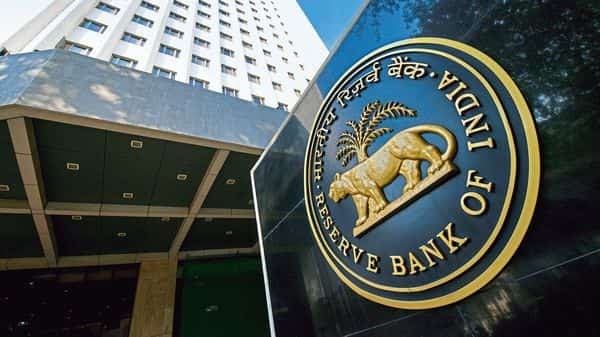The much awaited recommendations by the Reserve Bank of India’s (RBI) expert committee on restructuring has largely got a thumbs up from analysts albeit with some reservations.
The committee, headed by KV Kamath submitted its recommendations late Monday that spanned 26 sectors and has set out thresholds for five ratios that banks need to monitor while implementing a resolution plan for stressed borrowers.
These ratios are total outside liabilities to adjusted tangible net worth, debt to EBITDA (earnings before interest, tax, depreciation and amortisation), current ratio, debt service coverage ratio (DSCR) and average DSCR. These ratios monitor how leveraged are companies, their cash flows and whether they can regain their ability to service debt.
Depending on sectors, the committee has prescribed a floor or ceiling for each of these ratios that borrowers need to achieve within two years of restructuring.
What stands out is that borrowers will have to adhere to the total outside liabilities to adjusted tangible networth at the time of implementation of restructuring, that is FY21. What this means is that the RBI does not want banks to help over-leveraged companies that may not be viable even after restructuring.
The thresholds for the rest of the ratios are to be achieved by FY22 and FY23.
Analysts at ICICI Securities termed the recommendations as more wider in scope than expected. “It would enable transparency in restructuring across lenders, while focusing on the efficacy of the resolution plan,” wrote those at Motilal Oswal Financial Services Ltd.
That said, some believe that while the goals set by the committee are reasonable some troubled sectors that already have a high level of bad loans may still find it difficult. For instance, airlines may find it difficult to meet thresholds and even companies in hospitality could struggle. “Some of the thresholds are stringent and in the case of sectors hit hardest, the recovery depends on how quick demand returns. That is anybody’s guess now,” said an analysts requesting anonymity.
Indeed, banks can put together restructuring plans for borrowers given the all-pervasive stress that the committee has recognised as well. But whether lenders are able to finally get back their money depend on how quick demand recovers in the economy.
To that extent, banks that have a large provisions pile for stress would be more liberal in going for restructuring. After all, there isn’t much distance between 10% provisioning required for this one-time restructuring versus 20% required as per the June circular.
Restructuring either way would mean forgoing income for banks.
It is evident that the Kamath committee wants banks to tick all possible boxes before they go for loan restructuring and want banks to safeguard themselves to that extent. Given past learnings, it is obvious that the regulator does not want to take any chances this time around when it allows banks to restructure loans as a special dispensation due to the pandemic. The five financial ratios should take care of that.





